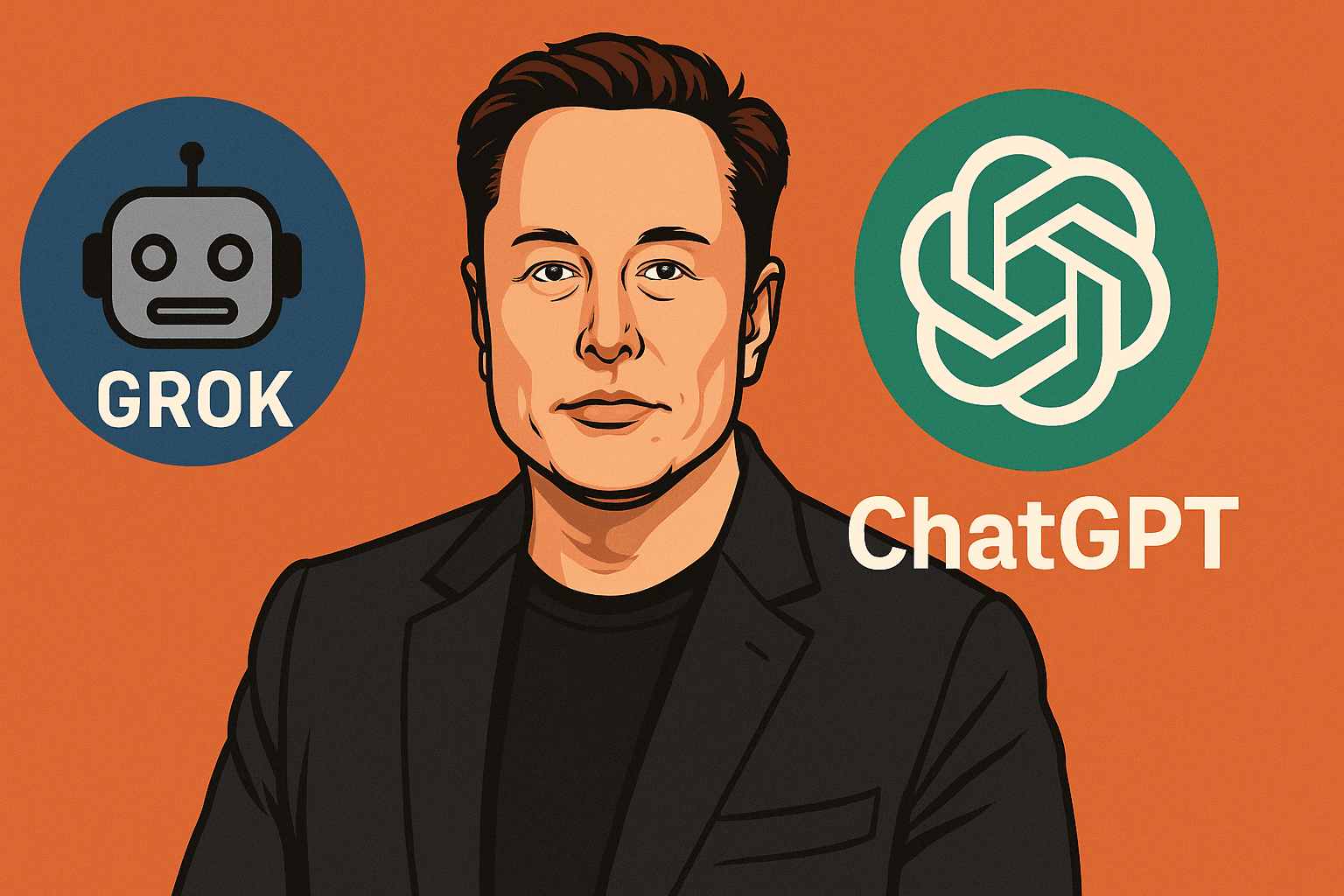Introduction
Building a startup is both exciting and challenging. It's a journey filled with learning, risks, and rewards. Whether you're solving a problem, chasing a dream, or aiming to disrupt an industry, this guide is here to walk you through every essential step.
From idea validation to launch and growth, we’ll break everything into small, actionable parts.
1. Find a Problem Worth Solving
Every startup starts with a problem. Look around you — what frustrates people? What can be done better? Focus on problems that are painful, frequent, and have a big market.
- Talk to people about what bothers them.
- Explore industry inefficiencies.
- Look into areas you care deeply about.
2. Validate Your Idea
Don’t build before you validate. Ask yourself — is this a real need? Would people pay to solve it? Talk to potential users before building anything.
- Use surveys or interviews.
- Build a simple landing page to gauge interest.
- Offer a waitlist to test demand.
3. Research the Market
Who are your competitors? What are they doing well? What’s missing in their solution? Know the market size, your ideal customer, and your unique edge.
- Analyze existing solutions.
- Read reviews of competitors.
- Use tools like Google Trends, Crunchbase, or CB Insights.
4. Build a Minimum Viable Product (MVP)
An MVP is the simplest version of your product that solves the core problem. Don’t overbuild — just enough to test the concept and gather feedback.
- Use no-code tools if you’re non-technical.
- Focus on one or two core features.
- Iterate fast based on user input.
5. Create a Brand Identity
Your brand is more than a logo — it’s how people feel about your product. Build a simple and consistent identity early.
- Pick a name that’s memorable and easy to spell.
- Design a basic logo using tools like Canva or Looka.
- Choose a color palette and stick with it.
6. Set Up a Landing Page
A landing page helps you present your product and collect emails. It's also your first marketing asset.
- Use tools like Carrd, Webflow, or Framer.
- Explain your product clearly — use headings and bullet points.
- Include a strong CTA (call to action) like “Join the Waitlist.”
7. Build an Audience Early
Start talking to your future users before you launch. Share your journey, challenges, and small wins.
- Post on Twitter, LinkedIn, or niche communities.
- Create a newsletter to build anticipation.
- Be real — authenticity builds trust.



